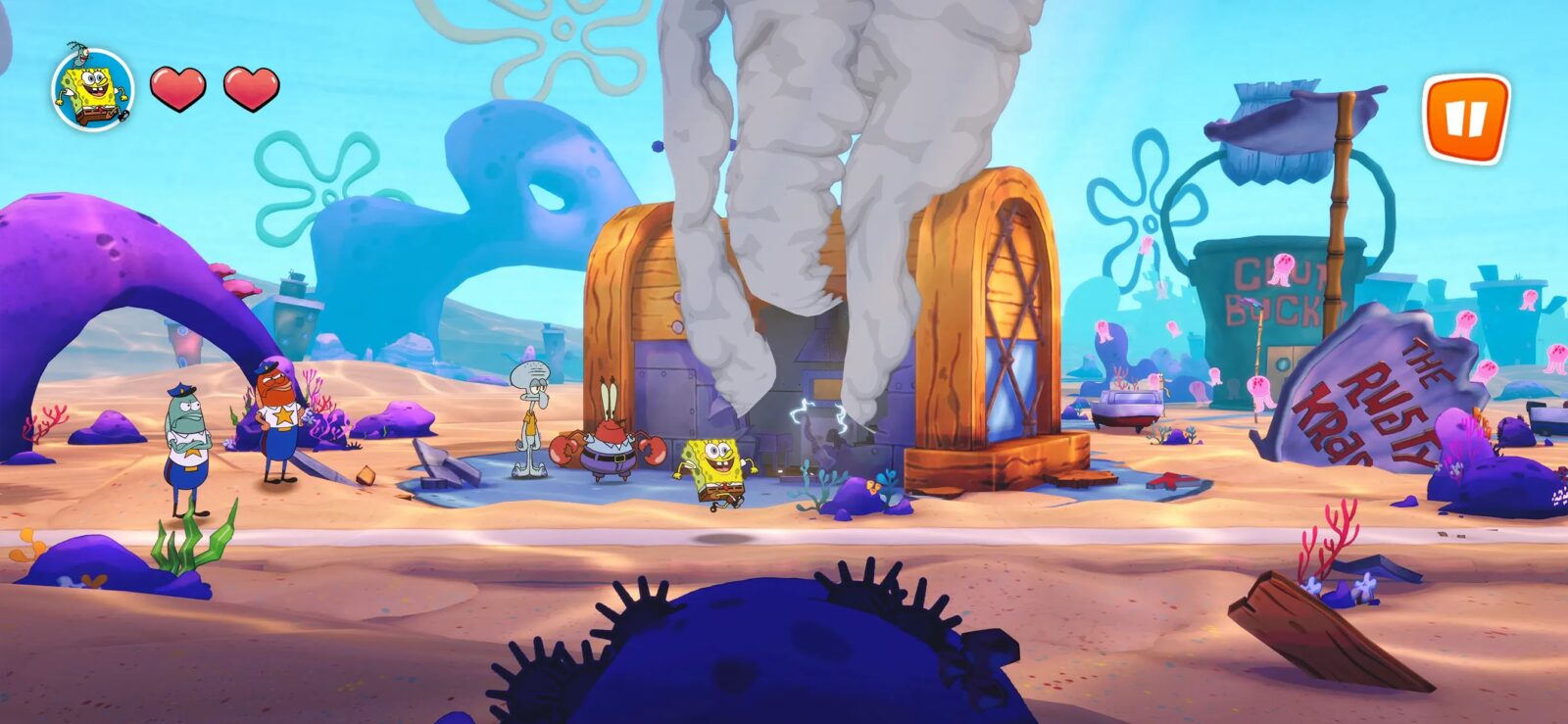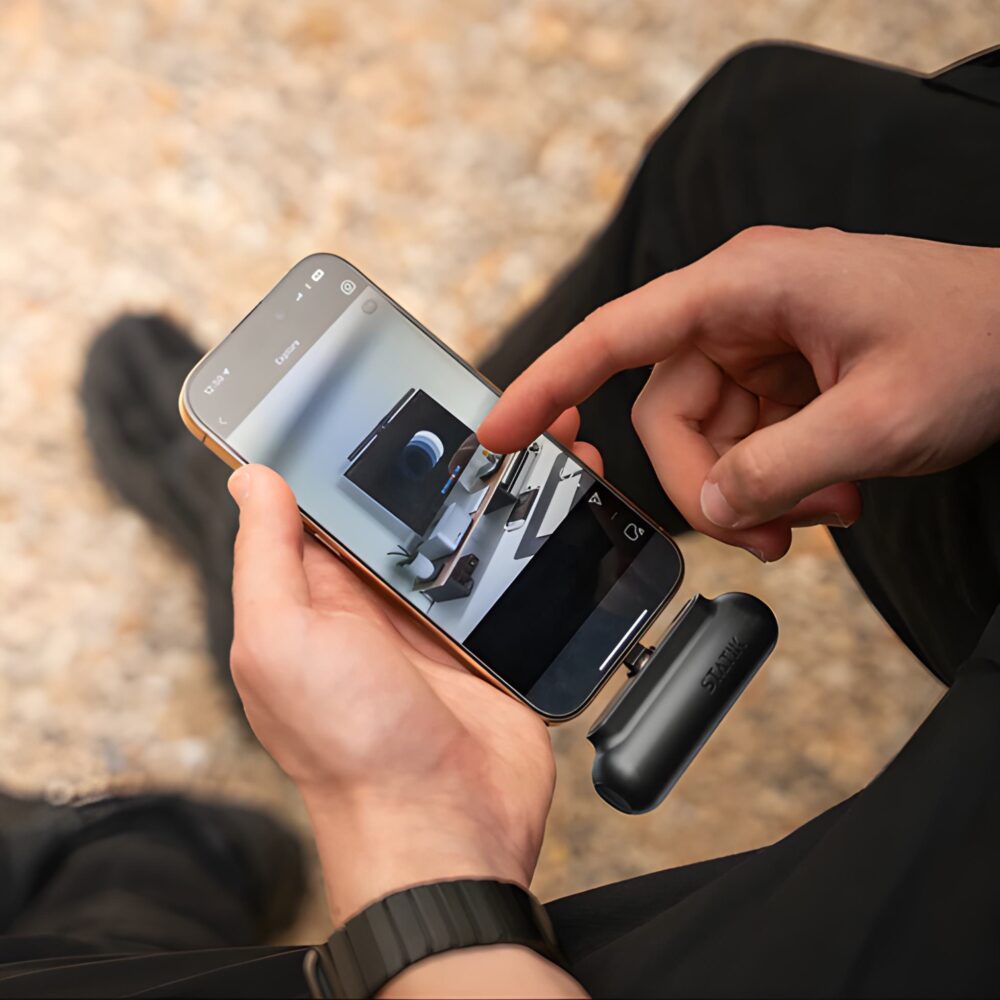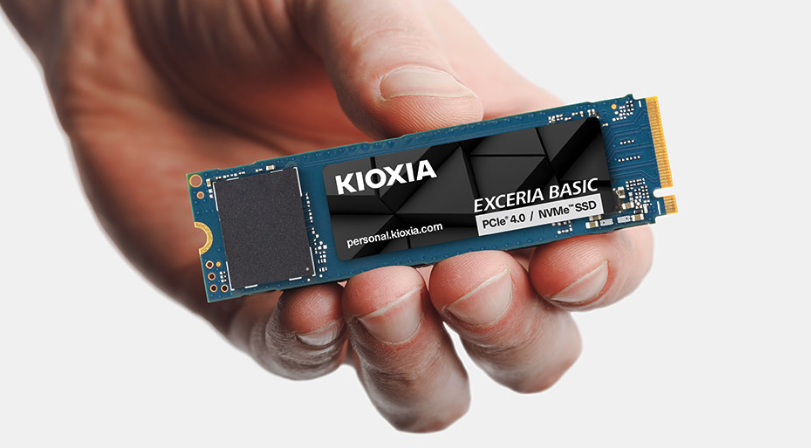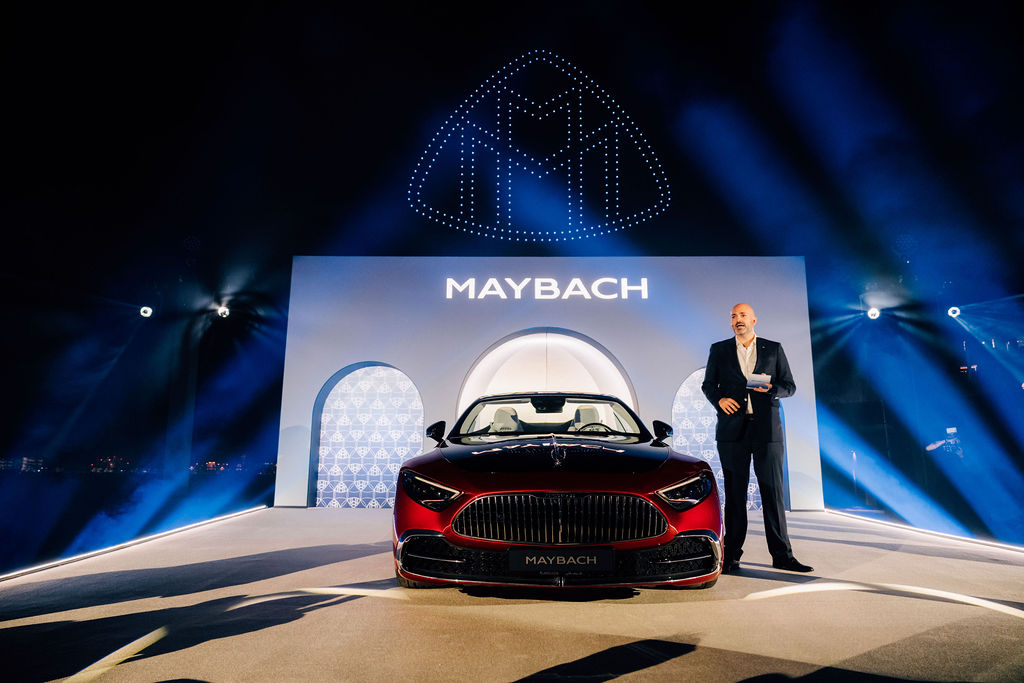Huawei has introduced the Mate 70 Air, a new addition to its flagship lineup that aims to combine sleek design with serious endurance. At 6.6mm thick, it’s marketed as a “thin phone,” though it carries slightly more heft than ultra-slim competitors like Apple’s iPhone Air or ZTE’s Nubia Air. The trade-off is clear: Huawei has managed to fit a notably large 6,500mAh battery into the compact frame, giving the Mate 70 Air one of the biggest batteries in its category.
The phone features a 7-inch display, putting it firmly in the large-device segment despite its slender profile. It’s powered by two slightly modified versions of Huawei’s in-house Kirin 9020 processor: the Kirin 9020B for the 12GB RAM model and the Kirin 9020A for the 16GB RAM variant. Both chips are downclocked versions of the standard Kirin 9020 found in the regular Mate 70, designed to improve energy efficiency and thermals within the slim chassis.
On the back, Huawei has managed to include a triple-camera system — a notable feat for a phone this thin. The setup includes a 12MP telephoto lens alongside wide and ultra-wide shooters, offering a versatile photography experience while maintaining a minimalist form factor.
The Mate 70 Air’s design language continues Huawei’s approach of refined minimalism, with smooth edges, a balanced matte finish, and a curved glass back that complements its “Air” moniker. The slightly thicker build compared to other slim-profile phones is offset by its battery life, which is expected to comfortably outlast most competitors in this class.
Currently, the Mate 70 Air is available only in China, starting at ¥4,199 (roughly $590). While there’s no confirmation yet of an international release, Huawei’s move signals a growing trend among phone makers to balance ultra-thin aesthetics with practical endurance — a shift that may push rivals like Apple and Samsung to prioritize battery performance in their next-generation slim models.







